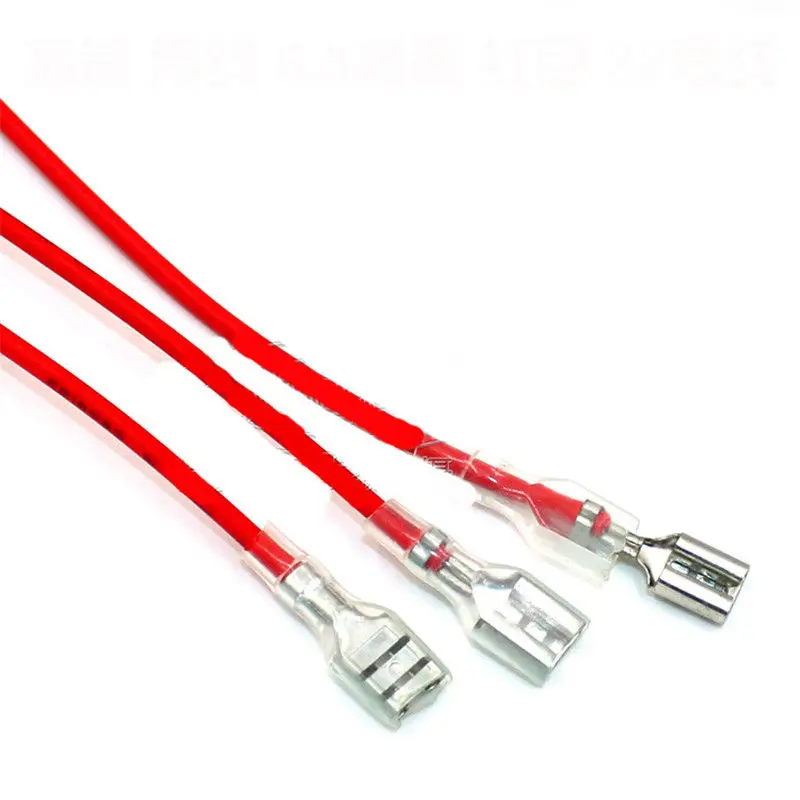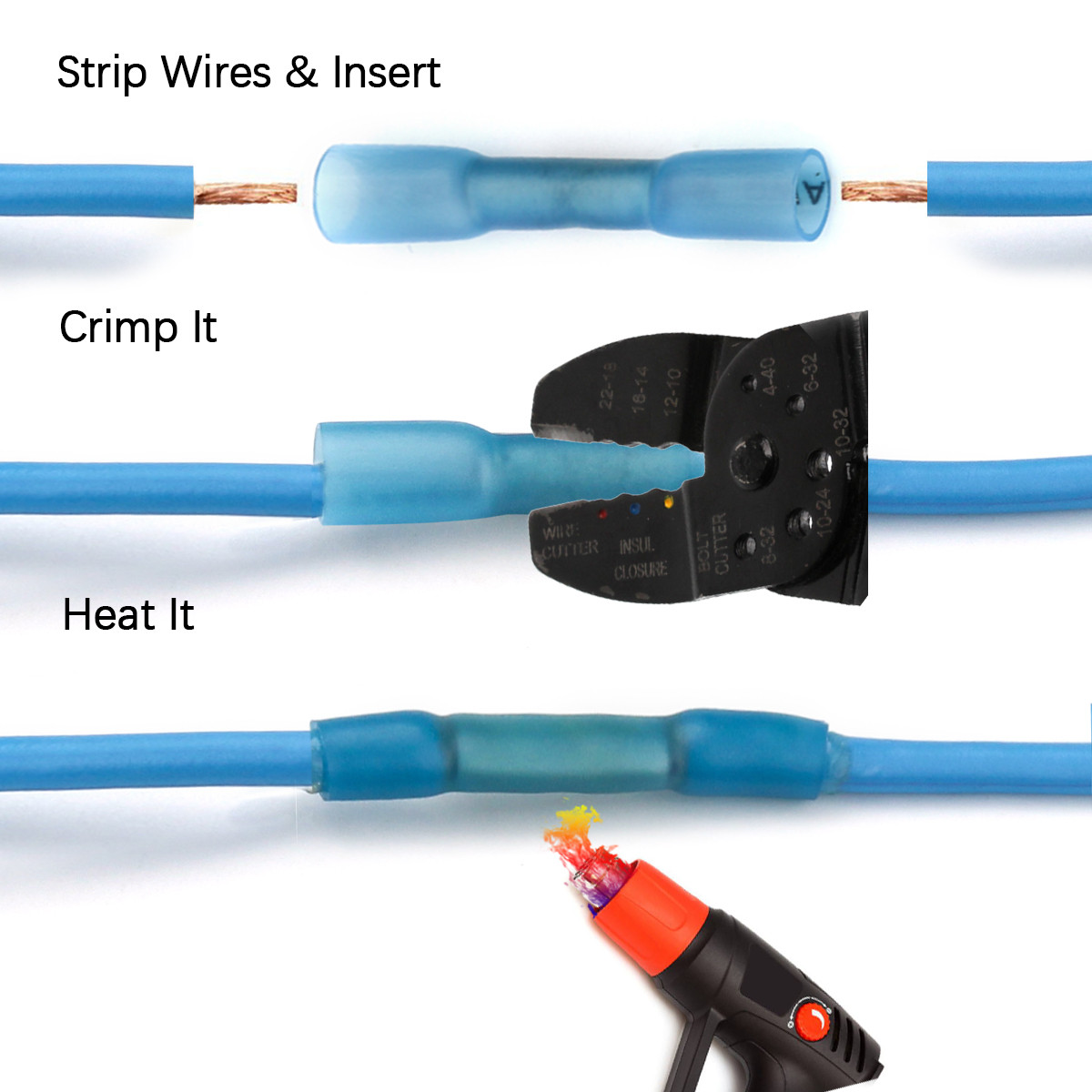
Single hinge tools like the Engineer PA-XX models cannot achieve this unless one has an extremely strong grip, or the tool is compressed in a vice. Its compound hinge amplifies the crimping force, meaning you can have as much as you like, you can even crush the contact into two if you so desire. It has two features which many generic tools lack: It tends to cost around $70-80 and has to be ordered from Japan. I recently obtained a sample myself and can confirm that it’s a good option for those happy to spend a bit more. Several readers have written to me about this tool over the years – it’s generally well spoken of. Not as well made but for the significantly lower price, it could be forgiven.įor those with a little more to spend Hozan P-707 It is a little pricey but definitely wins for crimping smaller contacts i.e. Unlike the PA-09/21 its jaw is cleanly machined, allowing easy removal of contacts after crimping. Recommended if you work with larger contacts.

Another good 4 die tool from IWISS, however all significantly larger than the SN-2549. It tends to apply too much force to the insulation part, but one cannot have it all on a budget. It crimps the conductor and insulation in a single action, with the ratchet double hinge mechanism providing good force on the conductor part. It has a cleanly machined jaw, so contacts won’t get stuck in it. It’s good for most medium sized power connector families on this page i.e. My preferred budget tools: IWISS SN-2549 and Engineer PAD-11 On this page I’ll cover some of the most common connectors in use today, and detail crimping/tooling considerations.Įvery connector system ever conceived has its own official crimp tool, in most cases the cost of these is over and above what any hobbyist could and would want to pay for a crimp tool. With so many different types of connectors available, it’s often difficult to know what to buy, especially when you’re buying for general use and/or personal stock. Big sellers like Digi-key/Farnell/Mouser literally have tens of thousands of product lines in their connectors category! The range of connectors available and in-use today is trully astonishing. 187 FASTON – TE ConnectivityĪs someone who builds a lot of electrical things, one of the perhaps most unexciting yet fundamental subject areas is connectors.


The soft lead will press into the cable gaps and should create a very tight nipple. Anyone with a roll of lead-based solder can hammer it out against an iron plate to make a thin foil, then wrap the cable with it, and finally "swage" it by hammering it down.


 0 kommentar(er)
0 kommentar(er)
